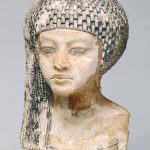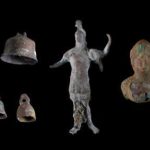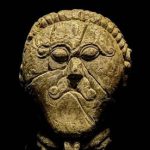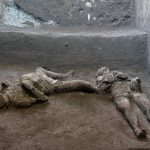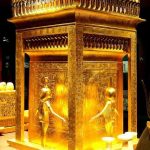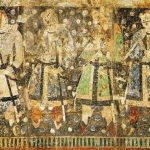Ksar Draa: A Mysterious Relic from Old Algeria
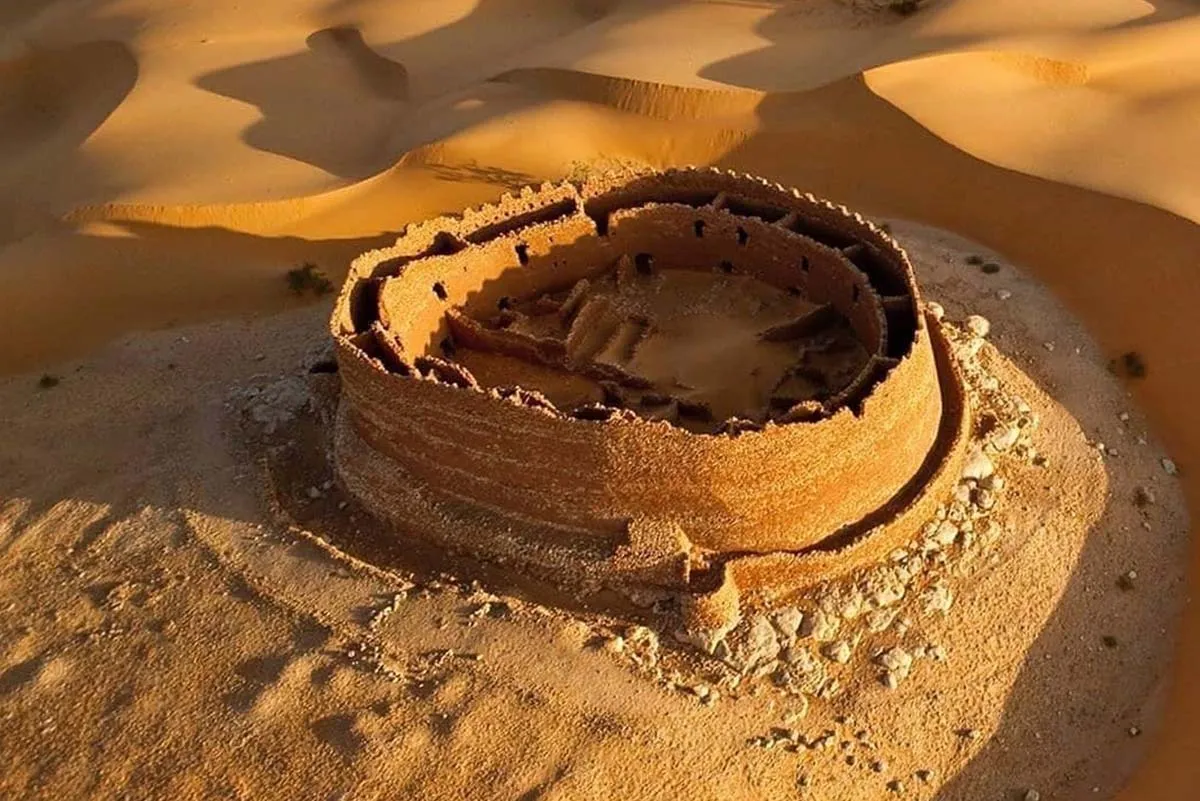
In the heart of the Algerian desert, amidst the undulating waves of sand dunes, lies the enigmatic ruin of Ksar Draa in Timimoun. This ancient site, shrouded in mystery and steeped in history lost to the ages, stands as a testament to the enduring legacy of civilizations that once thrived in this harsh yet hauntingly beautiful landscape. Ksar Draa’s significance spans millennia, offering glimpses into the cultural, architectural, and social tapestry of North Africa.
The very name “Ksar Draa” evokes a sense of mystique and intrigue. “Ksar” itself refers to a fortified village or granary, typical of North African architecture designed to protect inhabitants from both natural elements and human threats. “Draa,” on the other hand, may allude to the Draa River, a vital lifeline in an otherwise arid region, or it could stem from the Berber word for “pearl,” hinting at the site’s once-prized status amidst the desert expanse.
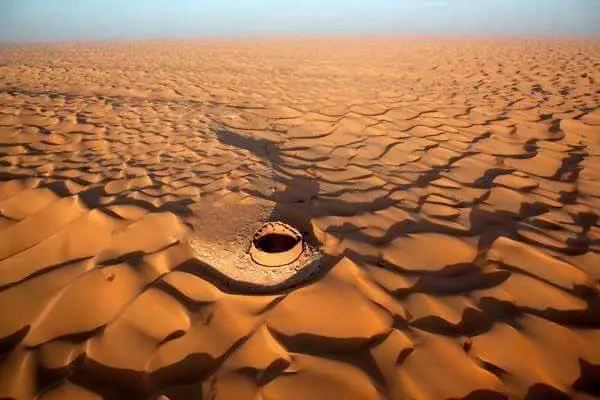
Architecturally, Ksar Draa is characterized by its adobe structures and labyrinthine layout, designed to maximize defense and communal living. The walls, constructed from locally sourced materials, blend seamlessly with the surrounding desert landscape, creating an illusion of organic growth amid the dunes. Within these walls, generations of inhabitants forged lives shaped by trade, agriculture, and the challenges of desert living.
The history of Ksar Draa, however, remains elusive. Over centuries of existence, the sands of time have obscured much of its past, leaving behind fragments of stories and occasional references in historical records. One notable mention connects Ksar Draa to the Jewish community of Timimoun, suggesting a period when it served as a refuge or settlement for Jewish families in the region. This association highlights the site’s role as a cultural crossroads, where diverse communities coexisted and contributed to the rich tapestry of North African heritage.

For archaeologists and historians, Ksar Draa presents a tantalizing puzzle waiting to be unraveled. Excavations and studies of similar sites across North Africa offer clues to its significance within broader regional dynamics, including trade routes, cultural exchanges, and geopolitical shifts. Each crumbling wall, weathered archway, and faded inscription holds potential insights into the daily lives, beliefs, and aspirations of ancient inhabitants who called Ksar Draa home.
Beyond its archaeological allure, Ksar Draa embodies the resilience of human endeavor in the face of harsh environmental conditions. Its strategic location along ancient trade routes facilitated exchanges of goods, ideas, and innovations that shaped the course of regional history. From caravans carrying precious commodities to nomadic tribes seeking respite, Ksar Draa bore witness to a dynamic interplay of cultures that left an indelible mark on the North African landscape.
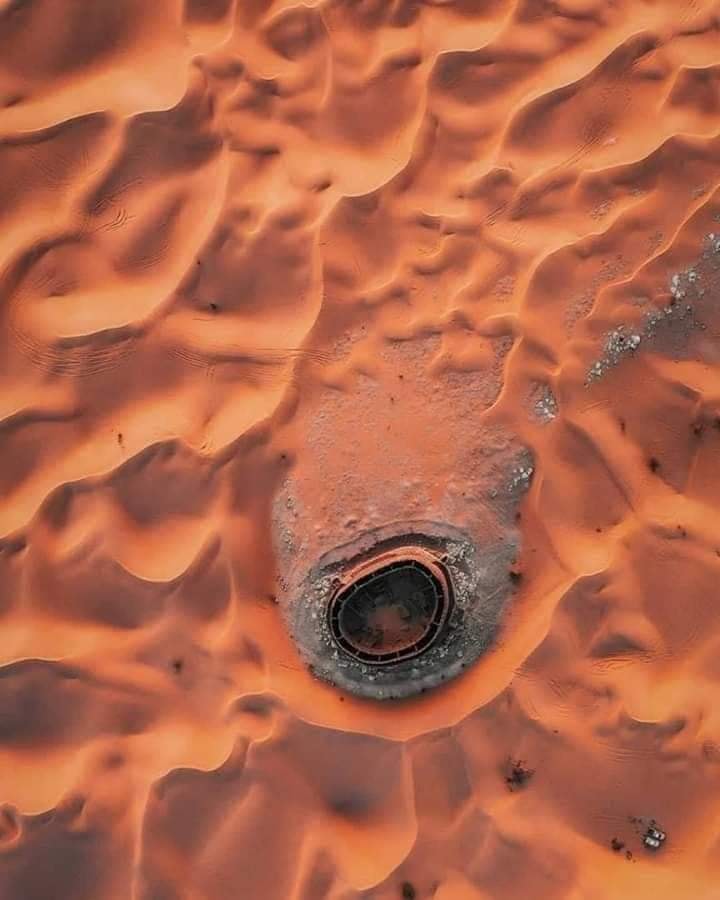
Today, Ksar Draa stands as a silent sentinel amidst the shifting sands of time, beckoning travelers, scholars, and dreamers to contemplate its storied past and uncertain future. Conservation efforts strive to preserve its fragile remains, ensuring that future generations can continue to unravel its mysteries and appreciate its cultural significance. As a UNESCO World Heritage candidate, Ksar Draa holds promise as a beacon of heritage conservation and a testament to the enduring spirit of human ingenuity and adaptation.
In conclusion, Ksar Draa in Timimoun, Algeria, transcends its status as a mere ruin; it is a testament to the resilience of civilizations that once flourished amidst the Sahara Desert. Through its silent corridors and weathered facades, it invites us to ponder the ebb and flow of history, the convergence of cultures, and the enduring legacy of human endeavor against the backdrop of nature’s formidable challenges. As we continue to uncover its secrets, Ksar Draa remains a poignant reminder of our shared heritage and the boundless potential for discovery in the sands of time.
